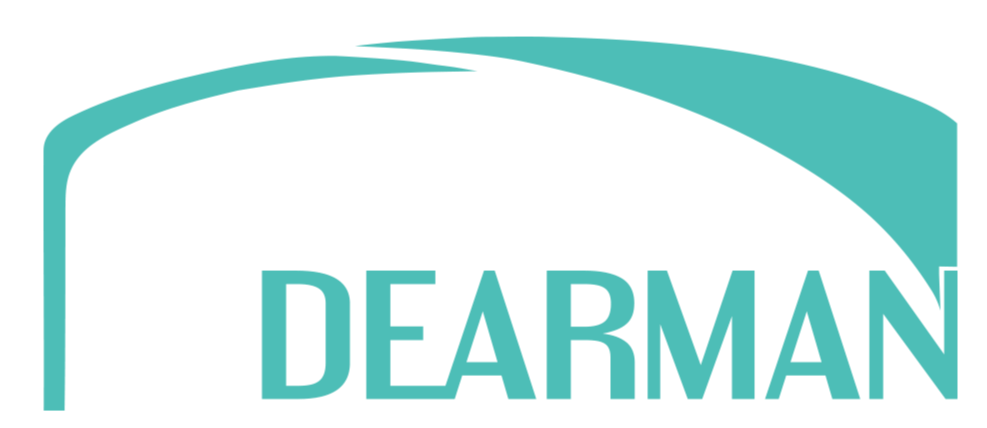
FULL SOLUTION DETAIL
Inventory Management
Dual Entry Inventory And Reporting System
The Dearman Inventory Management application is a robust, flexible solution for your complex bulk liquid and chemical distribution inventory and reporting requirements. You can consolidate transactions from one or more Terminal Automation Systems (such as our RTG or TAS.net), as well as non-automated systems, barge and ship terminals, and transaction processing services such as TABS or PETROEX. The database is a fully functional dual entry inventory system. Manual transactions can be added, voided, or modified directly to the Inventory system as needed while the imported transactions can be modified in the source system as needed. Product, Tank/Carrier, Ownership, and Terminal tracking of transactions on both the source and target sides provide the foundation for a comprehensive reporting system. A full audit trail is provided.

Key Features and Benefits
Designed Specifically For The Bulk Liquid Distribution Industries
-
Reduced management hours with improved accuracy.
-
Scenarios such as several products, owned by several position holders, moved by several different carriers to several different locations can be traced completely.
-
Inventory positions provided from any point in time to another point in time without need of fixed time of day close.
-
Physical and book amounts of the products in the facility.
-
Pipeline interface receipts and shipments fully supported.
-
Static line fills (piping and hardware associated with storage location).
-
Dynamic line fill for last product received or shipped.
Automatic And/or Manual Data Collection
-
Terminal Automation Systems such as our RTG, TAS.net or APM systems and transaction processing services such as TABS or PETROEX can mirror transaction data directly to the Dearman Inventory system or the data can be uploaded by a comparison update.
-
Shipments, receipts, transfers and adjustments automatically collected at the terminal. Manual changes or entries are made at the terminal to balance and account for the terminal activity then they are all transferred automatically to the inventory database.
-
Automated level gauging systems are fully supported.
-
Manual level entries or changes can be made at the terminal as needed or they can be adjusted directly in the Inventory database.
-
Entity data collected from automation system, other source system and/or maintained in the inventory system. Entity data is shared directly with our ExSTARS reporting system.
-
Standardized entity data such as product, product group, position holder, supplier, exchanger, customer, destination, and carrier makes for error free data entry.
Accounting
-
Stores inventory transactions by type, reason, product, ownership, location, and carrier, terminal, gross volume, net (corrected volume), mass and time.
-
Volume and mass freely translates between units-of-measure without accumulating rounding errors.
-
Modified transactions are reversed and replaced for audit trail.
-
Memo transactions allow location and ownership volumes/masses to be recorded at will.
-
Complete flexibility allowed with standard accounting journal structure for transactions with journal header used for order/BOL/ticket information. Journal key used to standardize all entity data.
Reports
-
Standard Daily Inventory Report, Daily Ownership Report, and Daily Gauge Report are usual reports, but there are a wide variety of reports available.
-
Comparisons and detailed transaction summaries and listings for reconciling, balancing, and analyzing are included.
-
Partner terminal and carrier reports are available.
-
All reports are created in Microsoft® Reporting Services™ with various save/send options available.
